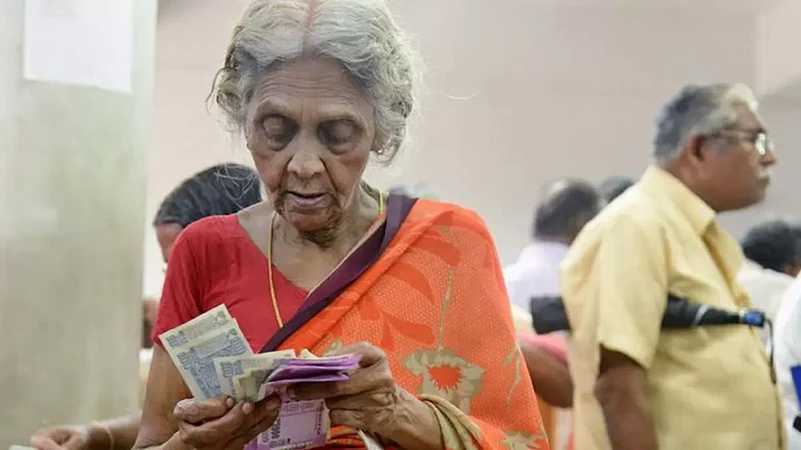In a landmark judgment, the Supreme Court upheld the provisions of the Employee’s Pension (Amendment) Scheme 2014 as legal and valid, while reading down certain provisions of the scheme concerning current members. But quashed the threshold limit of Rs 15,000 monthly salary for joining the pension fund.
A bench of Chief Justice UU Lalit and Justices Aniruddha Bose and Sudhanshu Dhulia read down certain provisions of the scheme.
Situation before amendment
Previously, every employee who became a member of the 1952 Employees Provident Fund Scheme as on November 16, 1995, could avail of the EPS. In the pre-amended version of EPS-1995, the maximum pensionable salary cap was ₹6,500.
After amendment
The 2014 amendments to the EPS, which included changes in paragraph 11(3) and by inserting a new paragraph 11(4), had raised the cap from ₹6,500 to ₹15,000. Paragraph 11(4) said only employees, who were existing EPS members as on September 1, 2014, could continue to contribute to the pension fund in accordance with their actual salaries. They were given a window of six months to opt for the new pension regime.
Besides 11(4) created an additional obligation for members whose salaries exceeded the ₹15,000 ceiling, they had to contribute at the rate of 1.16 per cent of the salary. The Friday judgment, authored by Justice Bose for the Bench, found this additional requirement on members as ultra vires.
The court held that the amendments to the pension scheme notified on August 22, 2014, would apply to the employees of “exempted establishments” in the list of the Employees Provident Fund Organisation (EPFO), which consists of 1,300 companies and entities, in the same manner as for the staff of regular establishments.
Again, the pensionable salary was an average of 12 months' pay before the date of the employee’s exit from the EPS. The amendments had extended the period of calculation of average pensionable salary from 12 months to 60 months.
Using its extraordinary powers under Article 142 of the Constitution, the court removed the cut-off date of September 1, 2014.
Eligible employees who could not join the scheme by the cut-off date should be given an additional chance, stated the SC, as there was a lack of clarity on the issue in view of judgments passed by the high courts of Kerala, Rajasthan and Delhi.
"Till recently, there was uncertainty about the amendment scheme which was quashed by the three High Courts. Thus, all employees who did not exercise the option (of joining the amended pension scheme) when they were entitled to do so, but could not do it due to the interpretation of the cut-off date should be given a further chance to exercise their option. Under these circumstances, the time to exercise the option shall stand extended by four months," the court directed.
The court, in this regard, referred to the R.C. Gupta case, which had said that a "beneficial scheme" like EPS-1995 "ought not to be allowed to be defeated by reference to a cut-off date like September 1, 2014”.
The court enabled authorities to make adjustments in the scheme so that the additional contribution can be generated from other legitimate sources within the scope of the Act, “which could include enhancing the rate of contribution of the employers,” the judgment said.
It did not want to speculate on how the authorities would find the money for the payment of the additional contribution and said that legislature and the scheme framers would be in-charge to make the necessary amendments.
The court further held that employees who retire before September 1, 2014, without exercising any option would not be entitled to this judgment.
Those who had retired before September 1, 2014, upon exercising the pension scheme option under 11(3) of the 1995 scheme, would be covered by the provisions of paragraph 11(3).
















